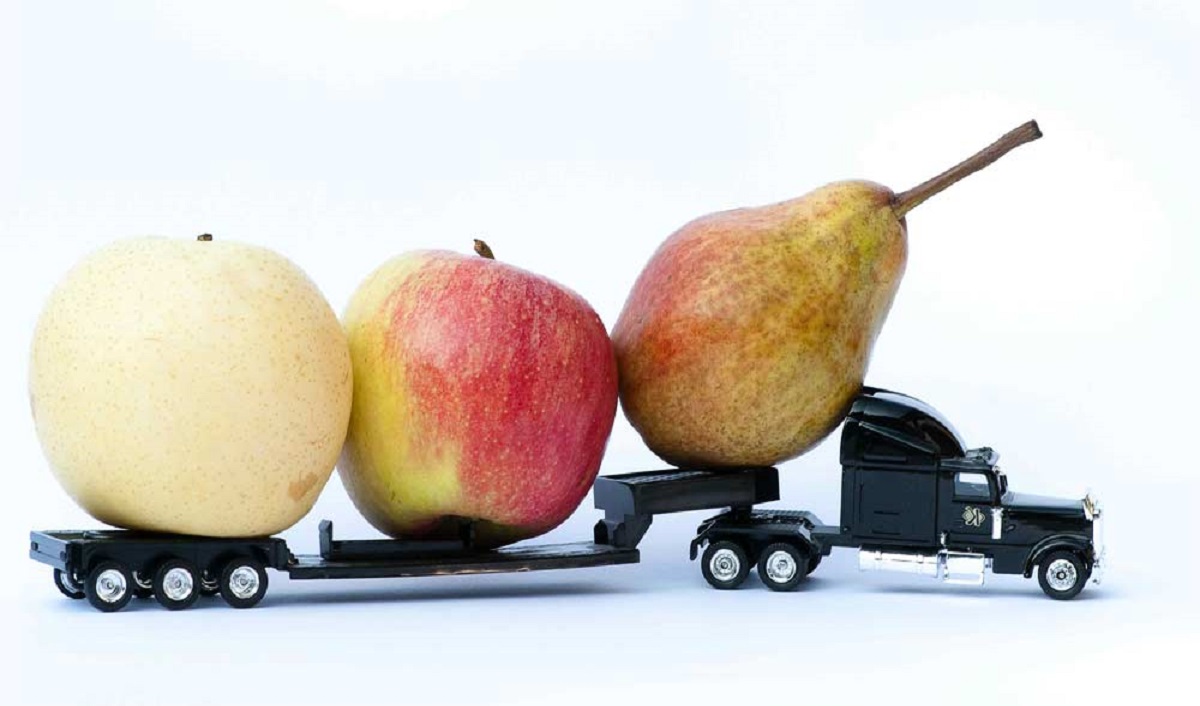
The entirety of the global foodservice industry has been turned on its head by the most disruptive force to ever hit it in the coronavirus pandemic. But times of dramatic change can also create opportunities for tremendous upside if one knows where to look and have the wherewithal to build and execute on a bold and decisive strategy. Restaurant industry suppliers are one segment experiencing such opportunity now equivalent to the sellers of picks and shovels during the ‘Gold Rush’.
Also Read: 8 Key Changes Supply Chain Sector would adopt post Covid
When the pandemic first struck, much of the attention on foodservice centred around the restaurants. But as the weeks of quarantine ticked by with no real end in sight, supply chain disruption also entered the public discourse. Meat and animal proteins were in an especially precarious position with grocery stores and even major chains struggling to meet demand.
Although these early shortages have leveled off to a degree, all stakeholders along the supply chain (manufacturers, distributors, and restaurants) have had to learn how to push products in an uncertain environment. On the restaurant end, operators are finding creative solutions to ride out the supply chain rollercoaster.
Talking numbers
The global foodservice supply chain represents more than $1 trillion in annual sales. The foodservice equipment market is about $37 billion, and the foodservice technology space is currently close to $500 million. “The times are tough but the effort is definitely rewarding. This is the time to retool and realign. Technology has taken the front seat in the industry and the landscape will change drastically once it has matured. So, now is the time that people plan on shifting from manpower industry to the tech-powered industry,” Kushang, Co-founder and CEO of SupplyNote commented.
The rapid response of food supply chains has underscored the importance of an open and predictable international trading environment, which allows firms to tap into new sources of supply when existing sources are compromised. Policymakers have also so far mostly avoided the mistakes made during the food price crisis of 2007-8, and have also taken a range of other steps which have helped ensure the continued functioning of food supply chains.
Food processing shortage
Covid-19 has led to disruptions in food processing industries, which have been affected by rules on social distancing, labour shortages due to sickness, and lockdown measures to contain the spread of the virus. In confined spaces such as packing plants for fruits and vegetables or meat processing facilities, necessary social distancing measures may reduce the efficiency of operations and there is a need to ensure adequate protection for employees. Many firms have also reported high rates of worker absences; for example, staff availability was reduced by up to 30 percent in the country.
Modes of transport have been affected
Bottlenecks in transport and logistics have disrupted the movement of products along supply chains. Broadly speaking, agricultural and food products are transported using three main modes of transport: bulk (ships and barges); containers (by boat, rail or truck) and other road transport; and air freight.
The impact of Covid-19 on these transport modes varies considerably. Bulk shipments have not seen any major disruptions, and prices for bulk freight are actually near multi-year lows. However, air freight has been severely disrupted. Global air cargo capacity was 26 percent lower than during the same period last year.
“Transport and logistics problems have thus been most pronounced for perishable high-value products, such as fruits and vegetables. The fruits and vegetable sector is also affected by quarantine measures and delays in border inspections (including as the number of import/export inspectors has fallen),” a spokesperson from Jyoti International Foods commented who have some of the prominent clients in the country including Chili’s, Yogen Früz, Auntie Anne's, Cinnabon, Krispy Kreme, Starbucks etc.
Time to invest more in R&D
The biggest areas of concern (and opportunity) include food safety, logistics, restaurant efficiency, and tech-enabled productivity enhancements. Around 20 percent of the foodservice equipment industry corresponds to quick-service restaurants, and this is the fastest-growing end-user category. Food distributors sales were down between 10 to 20 percent in 2020 due to Covid-19, presenting an opportunity for further consolidation. After a hurricane, many people sell their (damaged) property, and others come in to buy on the cheap and build bigger, stronger houses. That scenario leads to good business for contractors.
“It's true that Covid has changed the dynamics of the hospitality industry but if you take a deeper glance, there is a good analogy in the aftermath post-pandemic. The pandemic has led us to reframe our tools to strengthen the supply chain. A few possible steps to do the same is to broaden our reach and invest more in R&D, product, channel development and tech adoption. As the point now is how fast and effortlessly the product reaches our consumers, we need to be very smart in building and strengthening our supply chain,” Aditi Handa, Head Baker and Co-Founder of The Baker's Dozen commented.
A great example to look at this is the US and its quick-service and fast-casual chains with drive-throughs, which have witnessed a good 50 to 70 percent of sales during this time.
There are a number of incumbents across the foodservice supply chain that have been entrenched in their place. However, the opportunity for disruption is growing significantly.
Investments will be pouring in from foodservice operators, investors, suppliers and technology companies. In the next few years, there will be massive market share shifts and new equipment categories (and other tech) that weren’t at trade shows five years ago, but operators will be beating down doors just to find.
Copyright © 2009 - 2024 Restaurant India.









